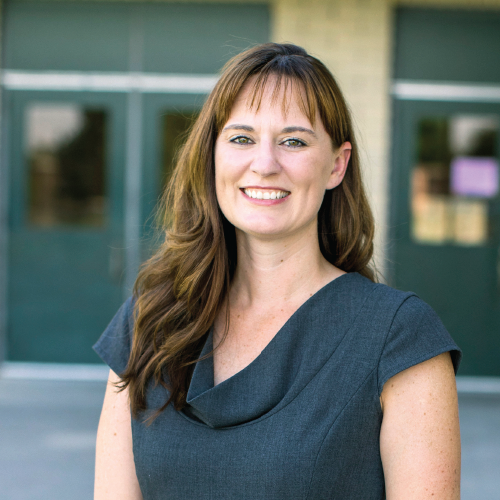From Crisis to Connection: Tackling Chronic Absenteeism with Data-Driven Solutions and Community Support
August 16, 2024
Leveraging personal outreach, data and the power of community to combat chronic absenteeism
Chronic absenteeism – it’s a phrase that has become all too familiar to educators. Beyond the statistics, it represents a missed opportunity for countless students. As superintendents, we’ve seen firsthand the devastating impact it can have on a child’s academic journey and overall well-being.
The pandemic exacerbated this challenge, leaving our schools grappling with unprecedented levels of student absence. It was a wake-up call. We couldn’t simply revert to old strategies. We needed a comprehensive approach that addressed the root causes of absenteeism and empowered our students to succeed.
Last year, our district (Umatilla School District in rural Eastern Oregon) embarked on a deep dive into the issue. We crunched the numbers, analyzed our data, and sought insights from other districts facing similar hurdles through Oregon’s Learning 2025 Attendance project.
Words Matter: Shifting the Conversation Around Attendance
Armed with data on their child’s progress and attendance, we shifted the conversation from blame to support.
One stark reality emerged: parents often underestimated the impact of even a few missed days. To counter this, we sent personalized letters to families whose children were chronically absent and falling behind academically. Armed with data on their child’s progress and attendance, we shifted the conversation from blame to support. The response was encouraging, and we’re following up with phone calls to offer tailored assistance.
We believe that a strong foundation is essential for building positive attendance habits. That’s why we’re using resources from Attendance Works to craft welcoming letters that clearly communicate the importance of regular school attendance. We’re not just stating the obvious; we’re explaining the consequences of chronic absenteeism and outlining the support systems available to help families overcome challenges. By fostering open communication and building relationships from the start, we hope to create a supportive environment where students feel valued and connected.
The Power of Student Voice
Our students’ voices have been instrumental in shaping our approach. Through interviews, we discovered a strong correlation between engaging coursework and attendance. When students feel challenged, connected to their peers, and empowered to take ownership of their learning, they are more likely to show up. We're committed to creating classrooms where curiosity is ignited and students thrive.
An Ongoing Effort
The journey to improving attendance is ongoing, but we’re optimistic about the progress we’ve made. By prioritizing data-driven strategies, involving families and students in the process, and creating supportive school environments, we can break down the barriers to attendance and unlock the full potential of every child.
Heidi Sipe is the Superintendent of Umatilla School District, in rural Eastern Oregon. As co-lead of the AASA Learning 2025 Attendance Project for Oregon, she is dedicated to improving school attendance. A passionate advocate for linguistically diverse and rural students, Sipe believes education is the key to unlocking opportunities for all children.
Author
Additional Resources
This resource was published as part of AASA's 2024-25 Back-to-School series. See more back-to-school resources here.
Advertisement
Advertisement
Advertisement
Advertisement




-(16).png?sfvrsn=44688378_7)